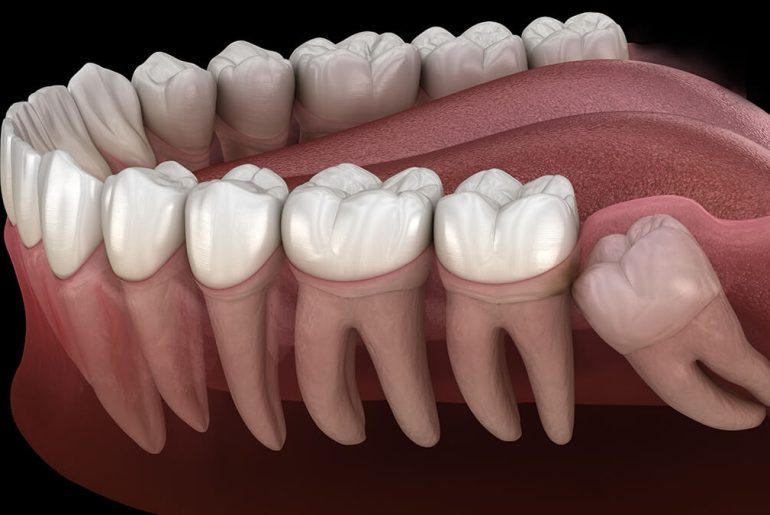Between seventeen to twenty-one years, you will develop your third set of molars. These molars are known as wisdom teeth. They grow at the back of the gums and are the last to come out. Since Wisdom Teeth Jasper grow after the other twenty-eight adult teeth are in place, there may be no adequate space to grow properly. Because of that, they can sometimes get stuck under the gums or emerge partially, causing jaw pain, swelling gums, and bad breath. Although it is normal to extract teeth, your doctor may recommend wisdom teeth removal to prevent future problems.
Procedure
The procedure is done in your dentist’s office, where you are offered a dental chair. Local anesthesia will be injected around the affected tooth to numb the area. Your specialist might use general anesthesia or sedation, depending on the severity of your problem. You might experience a mild pressure just before tooth removal as your dentist widens the tooth socket by rocking the tooth back and forth. A small incision in the gum is sometimes crucial, and your specialist cuts the affected tooth into small pieces for easier removal. Your dentist removes the tooth and cleans the extracted tooth area to clear all debris from the bone or the tooth. You may get stitches to close the wound to promote healing. Your specialist will finally place gauze over the extraction site to control bleeding and promote blood clot formation. The procedure takes twenty minutes or more, depending on your situation.
After the procedure
If your surgery involves sedation anesthesia or general anesthesia, your doctor will take you to a recovery room after the process. If you get local anesthesia, you will recover in the dental chair for a short time. Your dentist will give you recovery instructions which include:
Bleeding: You may experience blood oozing the first day after teeth removal. Avoid excessive spitting so that you do not remove the blood clot formed in the socket. Replace gauze over the extraction area as instructed by your surgeon.
Pain management: Over-the-counter painkillers like acetaminophen can help relieve pain. Holding an ice pack against your jaw can also help relieve pain.
Swelling and bruising: Swelling improves within three to four days. Bruising can take more days to vanish.
Activity: Take rest the remaining part of the day after wisdom teeth removal. You can resume normal activities the following day but avoid strenuous duties that may lead to blood loss from the socket.
Food and beverages: Take a lot of fluids after surgery. Avoid alcohol, caffeinated, carbonated, or hot drinks twenty-four hours after the surgery. Eat soft foods for the first twenty-four hours. Avoid hard and hot foods because they can stick in the socket or irritate the wound.
Cleaning your mouth: Do not brush your mouth. Instead, rinse it with mouthwash twenty-four hours after tooth removal.
Go back to your specialist if you experience excessive bleeding, persistent numbness, swelling that worsens three days after teeth removal, fever, difficulty swallowing, or pus oozing in the sock. Schedule an appointment at Advanced Dental Care of East Texas for wisdom teeth removal to relieve your discomfort.

